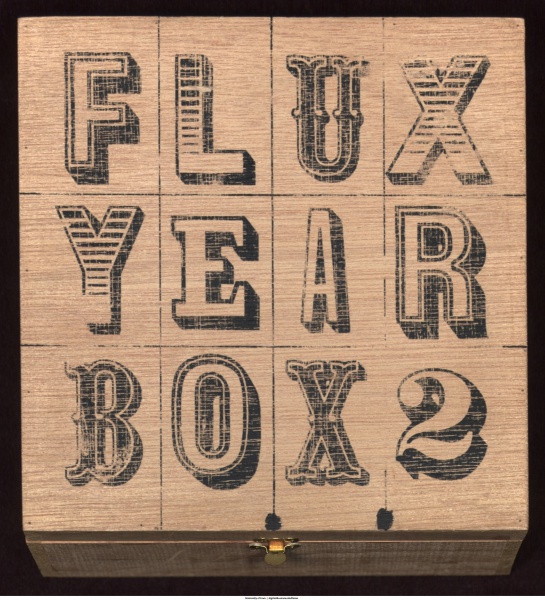Bob Neill’s Book of Typewriter Art (with special computer program) (1982)
Filed under artist publishing | Tags: · typewriter, typewriter art

“Bob Neill, artist of the typewriter, was born in the Kent village of Aylesford and practises as a professional Hypnotherapist in the County Town of Maidstone. He first started typing pictures on his typewriter in 1960, having read about a woman in Spain who was producing this form of typewriter art. His first effort was a portrait of a magazine cover-girl which was published in the Star evening newspaper.
He then continued with his newly-discovered hobby, producing pictures and portraits which have been exhibited widely and published in various magazine and journals. A selection of his work appears in this book together with the secrets of Typewriter Art and a computer programme to enable some of the pictures to be produced on a home computer (such as the Commodore PET) using the BASIC computer language.
So many people have asked him how to start this new-found hobby that he come [sic] up with the idea of writing patterns for his pictures so that more people could enjoy the hobby of Typewriter Art. He has perfected the method over the years making it so easy that even children of eight have produced excellent pictures unaided.
Bob Neill’s Book of Typewriter Art gives you the chance whatever your age or artistic ability, to create for yourself fascinating pictures on the typewriter by following the simple instructions and patterns within these pages. What Bob Neill has worked out with painstaking care over the years can be yours to enjoy as you begin the absorbing and fascinating hobby of Typewriter Art.” (from the back cover, via Juliette Kristensen)
Images include that of Queen Elizabeth, Prince Philip, Prince Charles, Princess Diana, a Horse, a Prarie Wolf, a Siamese Kitten, a Red Setter, a White Persian Cat (Full Body and Head Only), Telly Savalas (Kojak), Elvis Presley, a Tiger, a Bush Baby, a Mountain Scene, The Rose, The Nude, The Arab, The Pope and a Mystery Picture.
Publisher Weavers Press, Cornwall, 1982
ISBN 0946017018
176 pages
via Lori Emerson
Vasily Kamensky: Tango With Cows: Ferro-Concrete Poems (1914) [Russian]
Filed under artist publishing | Tags: · concrete poetry, cubo-futurism, futurism, poetry, typography, visual poetry
Tango With Cows is an artists’ book by the Russian futurist poet Vasily Kamensky, with three drawings by the brothers David and Vladimir Burliuk. Printed in an edition of 300, the work has become famous primarily for being made entirely of commercially produced wallpaper, with a series of concrete poems – visual poems that employ unusual typographic layouts for expressive effect – printed onto the recto of each page.
Beginning with a drawing by Vladimir Burliuk of a woman, the poems are split into two sections; the first contains 8 concrete poems that use multiple fonts and unusual spacings to express sounds and textures. Telephone, for instance, starts with ‘Telephone No. 2B_128 / rgrgrrrrrr______rrg’. The second group of 6 are arranged within diagonal grids, that evoke both the cubist paintings of Picasso and Braque, and the moulds that are used to make reinforced concrete. These poems refer directly to aerial views, maps and floor-plans. (from Wikipedia)
Tango s korovami: zhelezobetonnye poemy [Танго С Коровами: Железобетонныя Поэмы]
Published in Moscow, 1914
36 pages
via Archive.org
PDF
PDF (single-page PDF of a volume bound in a slightly different order)
Eduardo Kac’s translation of the poem “Telephone”
TangoWithCows.com, a project to translate the book into English (forthcoming mid-2014)
George Maciunas (ed.): Flux Year Box 2 (1965-68)
Filed under artist publishing, mixed media | Tags: · art, fluxus

Flux Year Box 2, a signature Fluxus production, is a boxed anthology of works that was edited and assembled by Fluxus “chairman” George Maciunas beginning in about 1965. Like all Fluxus editions, the contents of each box varies depending on what Maciunas had available at the time.
“With this project, the assembled works nestle inside a partitioned wooden box designed by Maciunas and printed with a matrix of mismatched fonts on its hinged cover. In his request for ideas, Maciunas indicates the edition will be “limited to book events only, i.e. events that are enacted by the reader automatically as he inspects the book or box.” Scores for performances requiring additional props or instruments—for example, Albert M. Fine’s Fluxus Piece for G.M.—do not factor among this criteria. Rather, immediate sensation and contained experience are accentuated. A sort of tool kit or supply chest, Flux Year Box 2 contains materials for actions, such as corresponding using Ben Vautier’s The Postman’s Choice postcard, medicating oneself with capsules from Shigeko Kubota’s Flux Medicine, or burning down all libraries and museums using Ben Vautier’s Total Art Match-Box. In addition, during this period Maciunas produced film programs called Fluxfilms, and incorporated this audiovisual dimension into Flux Year Box 2, including numerous short loops and a hand-crank viewer with which to watch them.” (source)
PDF (60 MB)
Comment (0)

